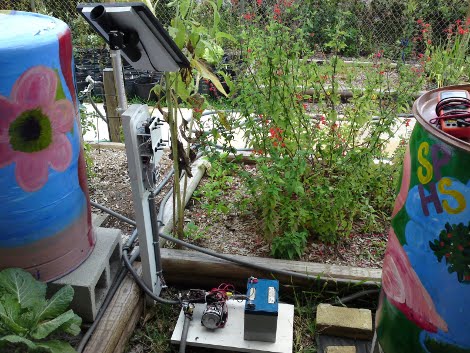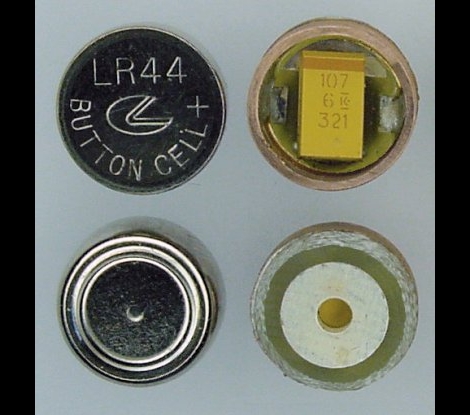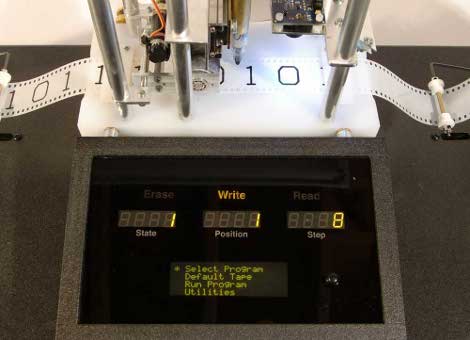
We see it all the time, a post based on an Arduino board with multiple comments calling it overkill. How exactly should you control your homemade peripherals if you’re not using a microcontroller (uC)? [JKAbrams] and [Tim Gremalm] answered that question with this printer port (LPT) adapter. They wanted an indicator light when someone in an IRC room was talking to them. By connecting a blue rotating light through a relay to the output of this fob they’ve done just that, but there’s room for much more.
The adapter uses a Darlington transistor array IC to protect the computer. A resistor between the LPT and the base pin on the chip ensures that current flow will be well within the safe levels for the computer. The Darlington transistor amplifies the output using an external power supply in order to drive heavier loads.
If you want a deeper understanding of the printer port check out this tutorial. LPT ports are becoming less common and that’s why so many projects are migrating over to USB (plus there’s no need for external power with most USB connected projects) but if you’ve got one, it’s probably not being used for anything else.














